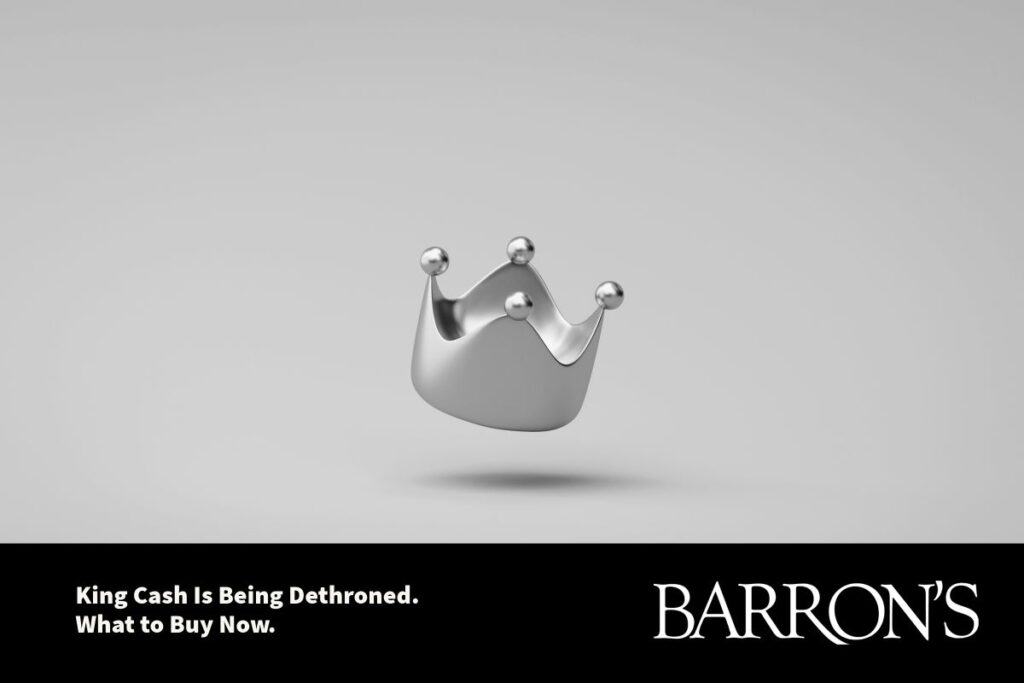If you are new to investing or a seasoned vet, understanding what exactly a stock is and how they are priced is critical. Whether you are a novice or a highly sophisticated investor, many people struggle to answer this age-old question clearly. Today we are going back to basics and answering these foundational questions.
What Is a Stock?
A stock is an ownership in a company. When you buy stock, you own a little piece of that underlying company. This also means you are now a shareholder in that company. You are now entitled to potential benefits like dividends and voting rights in the direction of the company. Companies, both large and small, can issue stock as a way to raise capital. This allows the company to grow, pay for equipment, or even pay off debt.
So how do you get access to stock? In some cases, you can get access to stock in private markets/transactions. However, most people are familiar with buying stock publicly on stock exchanges like the New York Stock Exchange.
How Are Stocks Priced?
Maybe you were already familiar with what a stock is, but what goes into a stock price? What determines the cost? There are three key components that go into making the pricing of a stock’s valuation, with a fourth bonus component I will also discuss:
-
- Earnings – Perhaps the most obvious factor that goes into a stock’s price is earnings. In other words, how much money is the company making? Companies with strong business models should, in theory, be generating strong earnings. This is why if you turn on CNBC, Fox Business, or other financial media outlets you will constantly see them talking about a stock’s earning per share or an earnings call. This tells shareholders how much a publicly traded stock is making.
- Dividends – Did you know that 84% of the S&P 500’s total return going back to 1960 came in the form of reinvested dividends? Dividends are a critical part of a company’s valuation. When companies ideally reach a point of financial stability and profits, they can in turn pay out cash to shareholders in the form of a dividend. When a company does this, they are providing VALUE to shareholders. That is where the expression, “value stock,” actually comes from. Many view Warren Buffet as one of the greatest investors of all time. This is because he seeks value in the companies he invests in, partially because he understands dividends are a key part of a stock’s valuation.
- Speculation – When you look at the valuation of a stock in relation to the earnings, similar to how a private company is valued, there is a multiple involved. This formula is famously known as the Price to Earnings ratio or PE ratio. The PE ratio of a stock tells you how much an investor is willing to pay for 1 dollar of earnings by taking the current stock price and dividing it by the earnings per share. To better understand this, let’s look at the TV Show Shark Tank.If you have seen Shark Tank, you know that entrepreneurs come on and pitch their businesses to investors (the Sharks). When they value their business, there is a multiple of the company’s earnings. For example, maybe a company generated $250,000 in revenue and they add a 3x multiple for the valuation ($250k x 3= $750k). Sometimes the Sharks will laugh at these business owners when they value their company, for example, 10 times their earnings. Sometimes these businesses will have a 10 times valuation on their company, but it’s because they are offering new and exciting technology and it may be justified.This is how speculation and valuation in the stock market work. A company with a PE Ratio of 5 is trading at 5 times its earnings. However, a company with a PE ratio of 50 is trading at 50 times earnings. Eventually, investors ask themselves if this company really worth 50 times its earnings. Is the company offering a new and exciting technology that allows for a large disconnect from their earnings and actual share price? This element of speculation adds to the ebbs and flows of a stock’s price over time.
- Bonus Component: Liquidity – The fourth component of a stock’s price is a bonus one and that is Fed Liquidity. One reason why you perhaps hear so much about what the Federal Reserve is doing with interest rates and monetary policy is that it impacts stock prices. If the Federal Reserve creates an environment where there is plenty of cash (liquidity) and no real place to get interest on your cash, it forces consumers to put their cash in places like stocks. This can drive up the price of stocks and is one reason why, over the last decade or so, we have seen historic stock growth. However, what happens when rates rise, and maybe the money supply isn’t as abundant? This can cause investors to think twice about buying stocks and instead cause investors to put their cash in places that are gaining risk-free interest. This can result in the stock market slowing down. It is one reason why, in rising interest rate environments, stock growth tends to be slower than in periods where rates are low.
 What You Need to Know About Cash Secured Equity Puts (CSEPs)
What You Need to Know About Cash Secured Equity Puts (CSEPs)In an era of substantial economic uncertainty regarding inflation, geopolitical issues, and an increasingly hawkish Fed, more and more investors are feeling uneasy about the markets.
READ MORE>>>Stock Price: Putting it All Together
These four components work together to evaluate a stock’s price. Now that you understand what goes into a stock’s price, think about your own portfolio. In light of current economic events like inflation and rising interest rates, how are you positioned to invest based on these circumstances? How do you think it will impact the stocks you own?
If you are looking for a more robust investment and financial plan, or you’d like professional assistance as you evaluate your portfolio, please reach out or set up some time to discuss.
Important Disclosures
MDRN Wealth LLC does not provide specific legal or tax advice. Please consult with professionals in these areas for specific legal and tax recommendations. The information provided herein is general information. It is not intended to be construed as investment, tax, or legal advice. Information in this article is not an offer or solicitation to purchase, sell, or endorse a specific company, security, investment vehicle or strategy. Investing involves risk and the possible chance for loss of principal. Please consider your tolerance for risk before investing. Past performance is never guaranteed and future results can vary. Opinions conveyed by MDRN Wealth LLC cannot be viewed as an indicator of future performance and are subject to change. Results may vary. Use information at your own risk.











